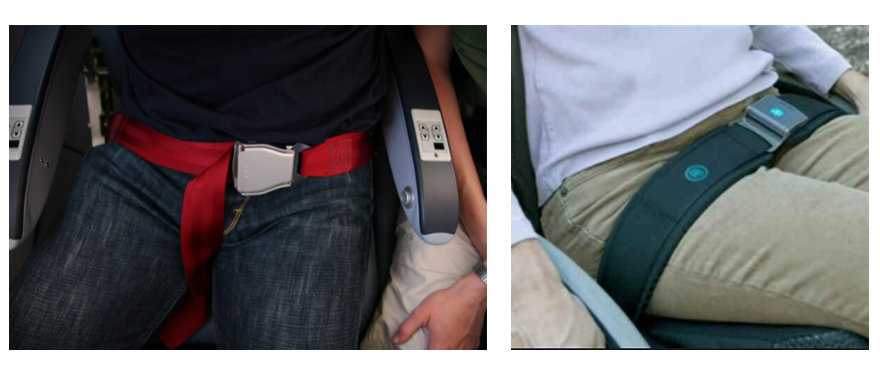Let’s get it clear: Using bad language

Our language tells us a lot about how we see the world. Use the wrong term, and we risk ending up using some equipment inappropriately – we also get sloppy using colloquial terminology without thinking about whether the words we use are communicating the right image to the listener or reader.
At the simplest level, let’s look at items on a wheelchair, e.g. items which we refer to as ‘rests’ such as arm rests, back rests, and foot rests. However, most of these items have been added to the chair for a functional purpose and should be referred to as ‘supports’, e.g. arm support, back support, and foot support. In these cases, using the correct term will lead subliminally to more careful selection, prescription, and placement. This is such an important issue that even international standards exist for the correct terminology: e.g. ISO 7176-26, which lists all the ‘correct’ terms, and lists dozens of so-called ‘deprecated’ terms, for items fitted to wheelchairs and their seating systems.
Use of the term ‘lap belts’ does not provide the differentiation needed between pelvic restraints (belts fitted at the back support-seat junction), and pelvic positioning belts, which are best mounted for most people anterior to (i.e. on the knee side of) the hip joint (many wheelchairs are supplied with their positioning belts in the restraint position and the belts need to be moved to the appropriate position for the wheelchair user. This has been addressed in the new draft British Standard BS8625, which at the time of writing is out for comment).
The correct placement position of positioning belts and the use of the term ‘pommel’ are the subjects of other ‘Let’s Get it Clear’ pieces.
Further items can be found at www.beshealthcare.net. If you are interested in receiving further information on the topic, please contact barend@beshealthcare.net.
Dr Barend ter Haar has been involved in seating and mobility for over 30 years, including lecturing internationally and developing international seating standards.
Click below to read more from the ‘Let’s get it clear’ series from Dr Barend ter Haar
https://thiis.co.uk/lets-get-it-clear-using-bad-language/https://thiis.co.uk/wp-content/uploads/2020/01/Bad-language-lap-belt-TN.jpghttps://thiis.co.uk/wp-content/uploads/2020/01/Bad-language-lap-belt-TN-150x150.jpgAnalysis & InsightsLet's Get It Cleararm rests,arm support,back rests,back support,bad language,BS8625,foot rests,foot support,ISO 7176-26,language,lap belt,pelvic positioning belt,restraint seat belt,terminology,wheelchair userOur language tells us a lot about how we see the world. Use the wrong term, and we risk ending up using some equipment inappropriately – we also get sloppy using colloquial terminology without thinking about whether the words we use are communicating the right image to the listener...Calvin BarnettCalvin Barnettcalvin.barnett@bhta.comAuthorTHIIS Magazine


